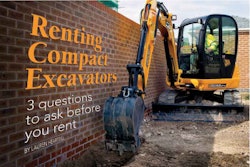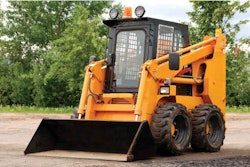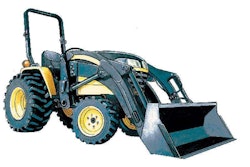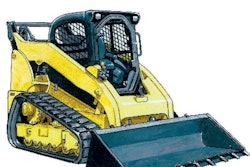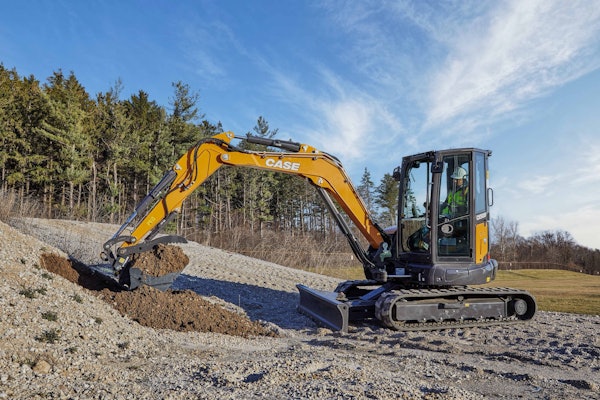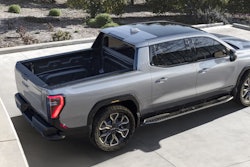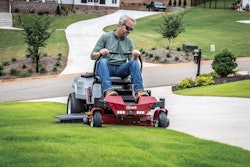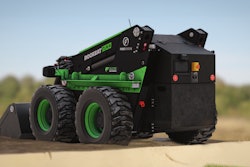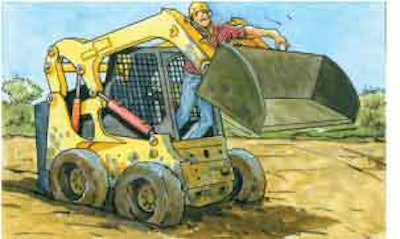
The accident: A 43-year-old landscaper is spreading topsoil to prepare for grass seeding. After his skid steer loader becomes stuck in the mud, the operator raises the safety bar and tries to climb out of the cab with the engine still running. As he stands up and prepares to climb out, his left heel pushes the foot pedal. This raises the lift arm and bucket, which then crushes his chest against the cab. The worker dies in the ambulance on the way to the hospital.
The bottom line: Most skid steer accidents are the result of crushing by moving parts or injury/death by roll-overs. The victim violated one of the most important safety rules of operating a skid steer loader by exiting the equipment with the engine still running. Protect yourself by following these precautions when exiting and operating the equipment.
Safe exit practices
• Park on a level surface.
• Lower the lift arms and attachments to the ground.
• Place the controls in neutral.
• Set the parking brake.
• Turn the engine off.
• Cycle the controls to relieve hydraulic pressure.
• Make sure the controls are locked.
• Remove the ignition key.
• Unbuckle the safety belt and raise the safety bar.
• Exit according to manufacturer’s instructions using the steps on the loader and then grab handles for support.
• Block the wheels if there is a chance the loader will roll.
Tips for safe operation of a skid steer loader
• Read and understand the owner’s manual before operating equipment.
• Keep your feet on the pedals when operating the loader.
• Keep all body parts inside the cab while operating.
• Always wear your seatbelt.
• Keep other people away from the work area.
• Drive with caution and check behind you before backing up.
• Travel with the bucket or attachments as close to the ground as possible to maintain stability and for the best unobstructed view.
• Load the bucket evenly, and don’t load beyond the limits or rated capacity of the equipment.
• Load, unload and turn on level ground.
• Lower the bucket when not using the loader.
• Go straight up and down slopes, keeping the heavy end of the loader pointing uphill. Back down slopes slowly and avoid driving forward when going downhill with a loaded bucket.
• Look out for holes, rocks or obstructions that may cause a roll-over or loss of control.
• Do not approach overhead wires.
• If you are unsure about how to maneuver the equipment, remove your hands and feet from the controls. All machine functions should stop when pressure on the controls is released.
• Never modify, bypass, disable or override safety systems. Don’t operate equipment that has been modified.
• Never permit riders in the cab, bucket or attachment.
• Make sure bystanders are kept at a safe distance.
• Don’t operate if you are ill, on medication or over-tired.
• Go straight up or down slopes with the “heavy” end of the loader pointed uphill.
Sponsored by John Deere

